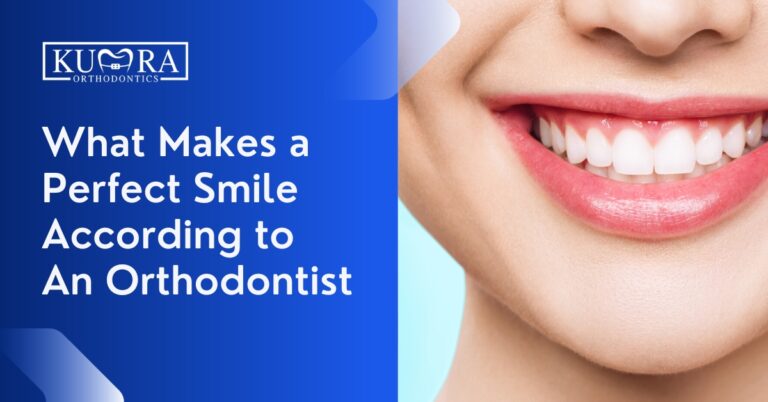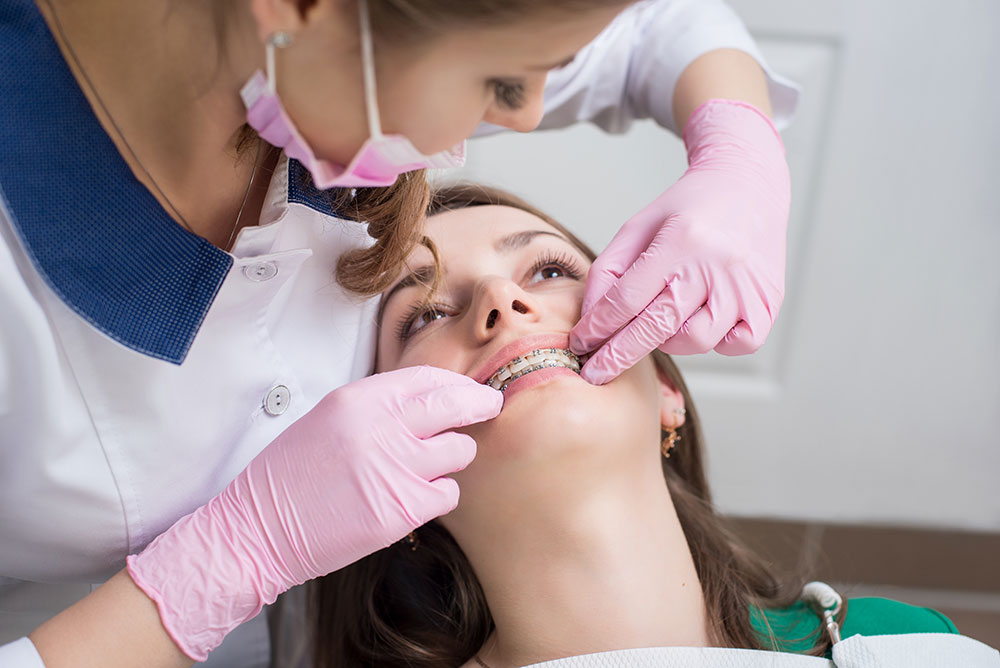10 Simple Techniques For Legacy Orthodontics
10 Simple Techniques For Legacy Orthodontics
Blog Article
The smart Trick of Legacy Orthodontics That Nobody is Talking About
Table of ContentsTop Guidelines Of Legacy OrthodonticsFacts About Legacy Orthodontics RevealedSome Known Factual Statements About Legacy Orthodontics Get This Report on Legacy OrthodonticsRumored Buzz on Legacy Orthodontics
At Advanced Orthodontics, we give patients with a holistic therapy experience. On top of that, we provide adjustable treatment routines, versatile payment options and a fun, pleasurable experience. clear braces. Phone call ( 480) 357-4900 today for more details and timetable a visit.An orthodontist is a dental expert trained to identify, prevent, and deal with teeth and jaw irregularities. Orthodontists work with individuals of all ages, from children to grownups.
Malocclusion, or misaligned teeth, can bring about dental concerns, including dental cavity, periodontal condition, and challenging or unpleasant eating. Not everyone is born with straight teeth. If you have a bad bite or big rooms between your teeth, you may wish to speak with a dentist focusing on orthodontic treatment.
Legacy Orthodontics Can Be Fun For Anyone
( Photo Debt: DigitalVision/Getty Images) Orthodontists use fixed and removable oral tools, like braces, retainers, and bands, to alter the position of teeth in your mouth. Orthodontic therapy is for oral abnormalities, consisting of: Crooked teethBite problems, like an overbite or an underbiteCrowded teeth or teeth that are too far apartJaw misalignmentThe objective of orthodontic therapy is to improve your bite.
A healthy bite guarantees you can consume, eat, and talk appropriately. While you may think about orthodontists as primarily for kids or teens who need dental braces, they can deal with oral troubles at any age. Orthodontists go to university, oral institution, and orthodontic college. After graduation, they spend 2 or 3 years in an orthodontic residency program.
, however not all dentists are orthodontists. They concentrate on two locations: Exactly how to appropriately and securely relocate teeth Exactly how to appropriately assist advancement in the teeth, jaw, and faceOnce an orthodontist has finished training, they have the choice to come to be board licensed.
Legacy Orthodontics Things To Know Before You Get This
Misalignment, or malocclusion, is one of the most common reason individuals see an orthodontist. It is hereditary and is the result of size distinctions in between the upper and reduced jaw or in between the jaw and teeth. Malocclusion causes tooth overcrowding, a twisted jaw, or irregular bite patterns. Malocclusion is generally treated with: Your orthodontist connects steel, ceramic, or plastic square bonds to your teeth.
Some individuals need a headgear to assist relocate teeth right into line with stress from outside the mouth. A retainer is a custom tool that keeps your teeth in location.
They're usually used on kids. They can produce added room in the mouth without having to pull teeth. If you have a major underbite or overbite, you could need orthognathic surgical treatment (also called like this orthodontic surgical treatment) to extend or shorten your jaw. Orthodontists utilize cords, surgical screws, or plates to sustain your jaw bone.
You may require to see an orthodontist if you have: Crowding or otherwise adequate area for all of your teethOverbite, when your upper teeth come over your bottom teethUnderbite, when your bottom teeth are too far forwardSpacing or issues with gapsCrossbite, which is when your top teeth fit behind your bottom teeth when your mouth is closedOpen bite or a vertical space between your front base and top teethMisplaced midline, when the facility of your base and upper teeth don't line up Correcting a dental malocclusion can: Make attacking, chewing, and speaking easierImprove the symmetry of our face and your overall appearanceEase pain from temporomandibular joint disordersDifferent your teeth and make them simpler to clean up, assisting avoid tooth degeneration or dental caries It's often a dental practitioner who first notifications misaligned teeth during a regular test.
What Does Legacy Orthodontics Mean?

Throughout your initial orthodontic examination, you'll likely have: A dental examPhotos taken of your face and smileDental X-raysPanoramic (360 level) X-rays of your face and headImpressions to develop mold and mildews of your teethThese examinations will certainly aid your orthodontist understand how to wage your therapy. leesburg invisalign. An orthodontist is a dentist that's had training to treat your teeth and jaw
Orthodontists might do surgical procedure, exams,X-rays,and even more to assist you achieve a more comfortable, much healthier smile. An orthodontist is concentrated on your bite, so something like a cracked tooth would be handled by a dentist. Orthodontists are dental professionals yet not all dental experts are orthodontists. Orthodontists are concentrated on your bite, or the way your teeth meshed, and the straightness of your teeth.
Ever before questioned just how celebrities constantly appear to have perfectly straightened teeth? Orthodontists are dental experts that focus on dealing with irregularities in the teeth and jaws.
7 Easy Facts About Legacy Orthodontics Explained

, orthodontists have a varied toolkit at their disposal. These reliable braces make use of a system of brackets adhered to the teeth and attached by cables.
These detachable trays are tailor-made to considerably move the teeth's setting. In situations of narrow jaws, palatal expanders can be used to produce area for proper tooth placement.
Report this page